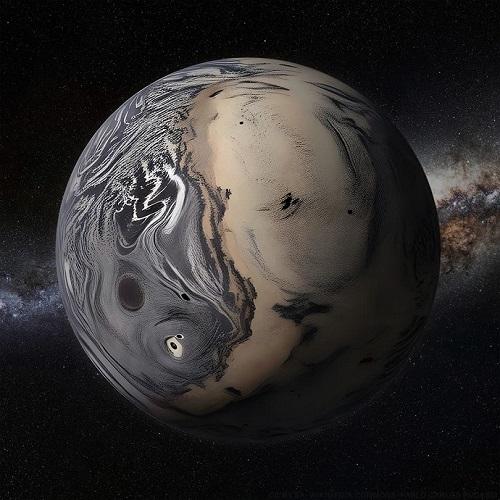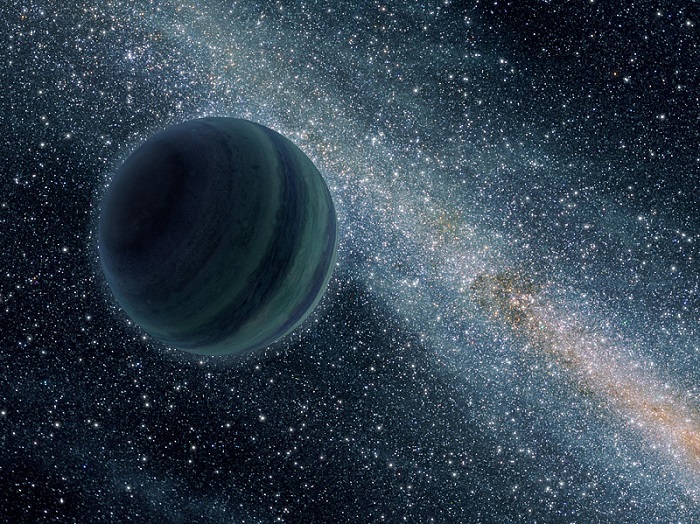In a new study, Prof. Hagai Perets and Dr. Hareesh Bhaskar of the Technion's Faculty of Physics reveal how planets become "nomads" – planetary bodies that sail through space without a mother star.
The study, titled "Properties of Free Floating Planets Ejected Through Planet - Planet Scattering", examines the dynamic process by which planets are ejected from their parent systems owing to gravitational interactions with neighboring planets.
The Fate of Planetary Systems
Using advanced simulations of 100 different planetary systems, the researchers found that between 40% and 80% of the planets may be ejected from their solar systems. The study suggests that most of these cases occur during the first 100 million years of the system's existence, but some may also occur later—up to a billion years after the system is formed.
The simulations showed that the ejected planets often move at speeds of 2 to 6 km per second relative to the system from which they have emerged, a relatively low speed (the Earth orbits the Sun at a speed of more than 30 km per second).
One particularly interesting finding is that systems with a greater number of planets (up to 10 in the study) tend to be unstable over time, even after a billion years. In these rich systems, about 70% of the planets are eventually ejected out of the system.
In contrast, systems with fewer planets tend to stabilize after about 100 million years. Moreover, small-mass planets are ejected more easily than larger ones, so the "nomad" planets are, on average, smaller.

More nomads than ordinary planets
The findings of the study raise fascinating questions about our solar system, which has eight main planets and has been in existence for more than four billion years. Is it possible that our solar system has lost more planets during its long history? Are we simply lucky that the Earth has remained stable in orbit around the sun?
According to the researchers, in order to explain the number of free planets observed by astronomers, each star in the galaxy needs to form an average of between five and ten planets. The findings point to the surprising possibility that the Milky Way galaxy has more planets wandering around space by themselves, than planets orbiting stars.
The scientific paper was sent for publication in the prestigious Astrophysical Journal. In recent years, this has been a hot field of research with the potential to uncover the hidden dynamics behind the formation and fate of planetary systems, including our solar system.











